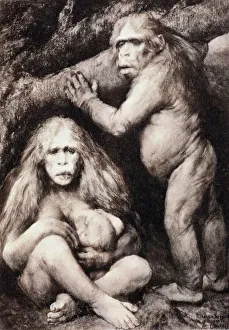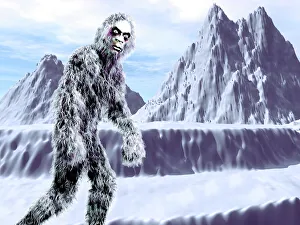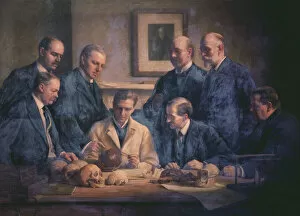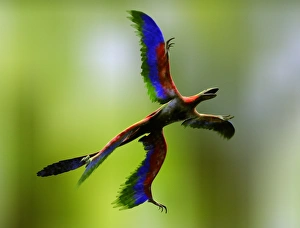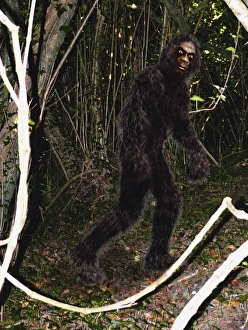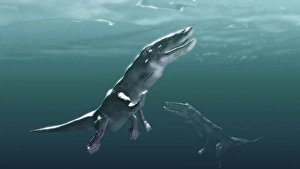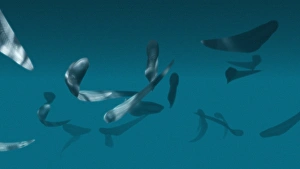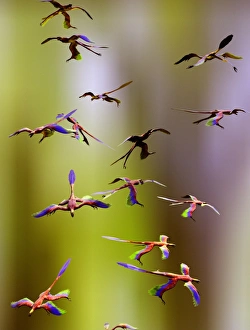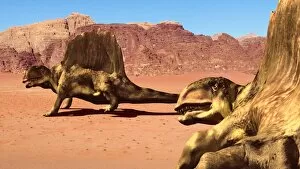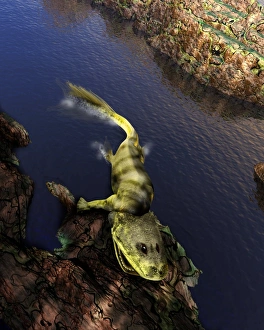Missing Link Collection
"Unraveling the Mystery: The Elusive Missing Link" In 1894
All Professionally Made to Order for Quick Shipping
"Unraveling the Mystery: The Elusive Missing Link" In 1894, Haeckel's discovery of the Pithecanthropus ape man crop ignited a fervor for finding the missing link in human evolution. Scientists and explorers embarked on expeditions to uncover this enigmatic creature that would bridge the gap between humans and apes. Legends of mythical creatures like Yeti fueled imaginations, leaving people wondering if these elusive beings could be the long-sought-after missing link. However, it wasn't until 1911 when hope turned into disappointment with the infamous Piltdown Man hoax, revealing that even experts can be deceived. Sketches at Somerset House's General Register Office depicted an array of peculiar individuals who were believed to hold clues about our evolutionary past. Among them was Krao, known as "The Missing Link, " showcased at Westminster's Aquarium in 1887. This engraving captured public fascination and sparked debates about its authenticity. Meanwhile, Microraptor dinosaurs took flight through mesmerizing artwork, offering glimpses into prehistoric life and raising questions about how these ancient creatures fit into our evolutionary timeline. Nature continued to surprise with bizarre species like Male Poupinia hirsuta crabs - their unique appearance adding another piece to nature's intricate puzzle. And then there were sightings of Bigfoot - a modern-day mystery captivating enthusiasts worldwide but still lacking concrete evidence linking it to our ancestral heritage. Like pieces of a jigsaw puzzle scattered across time, artists created stunning artworks depicting missing cubes or jigsaw pieces symbolizing humanity's quest for answers. These visual representations mirrored our relentless pursuit for knowledge and understanding. As we continue exploring Earth's vast tapestry of life, one thing remains certain: The search for the elusive missing link persists—a journey driven by curiosity and fueled by scientific inquiry—hoping one day we'll unravel this age-old mystery that lies at the core of our existence.

